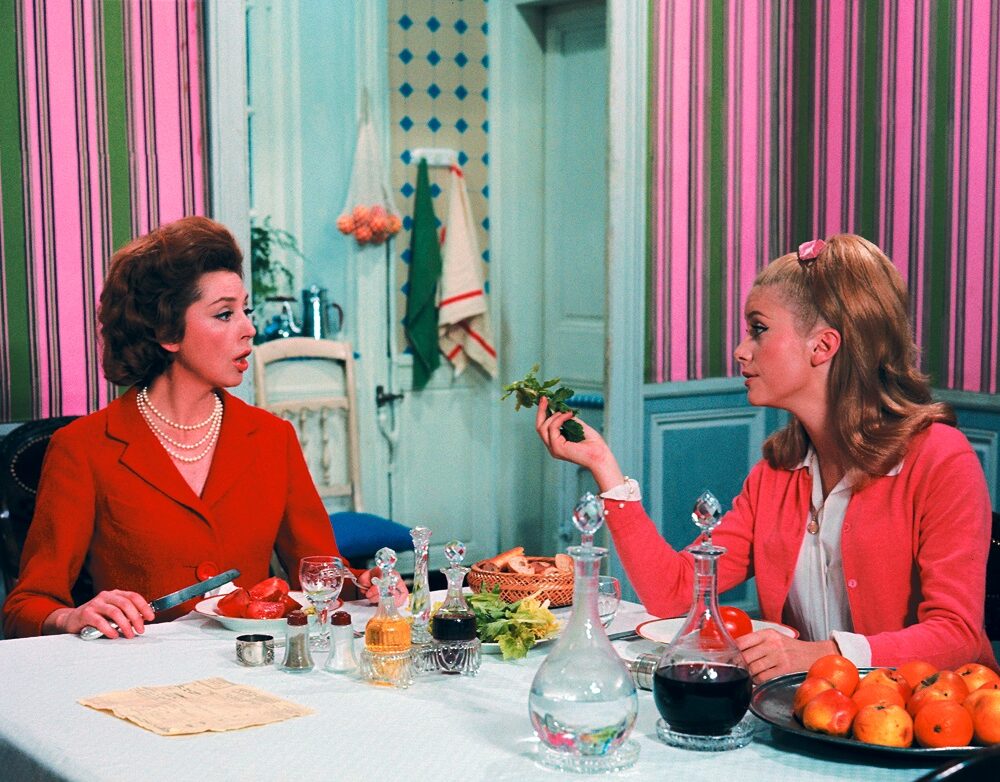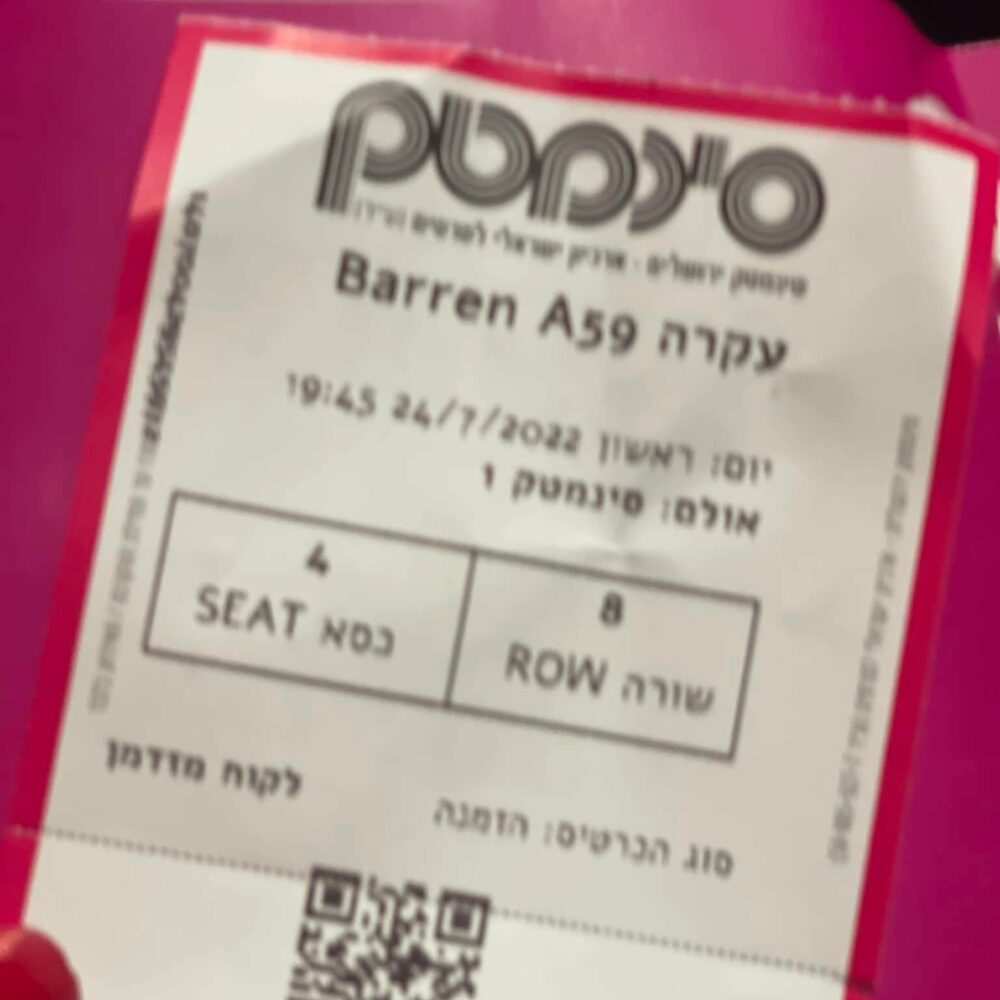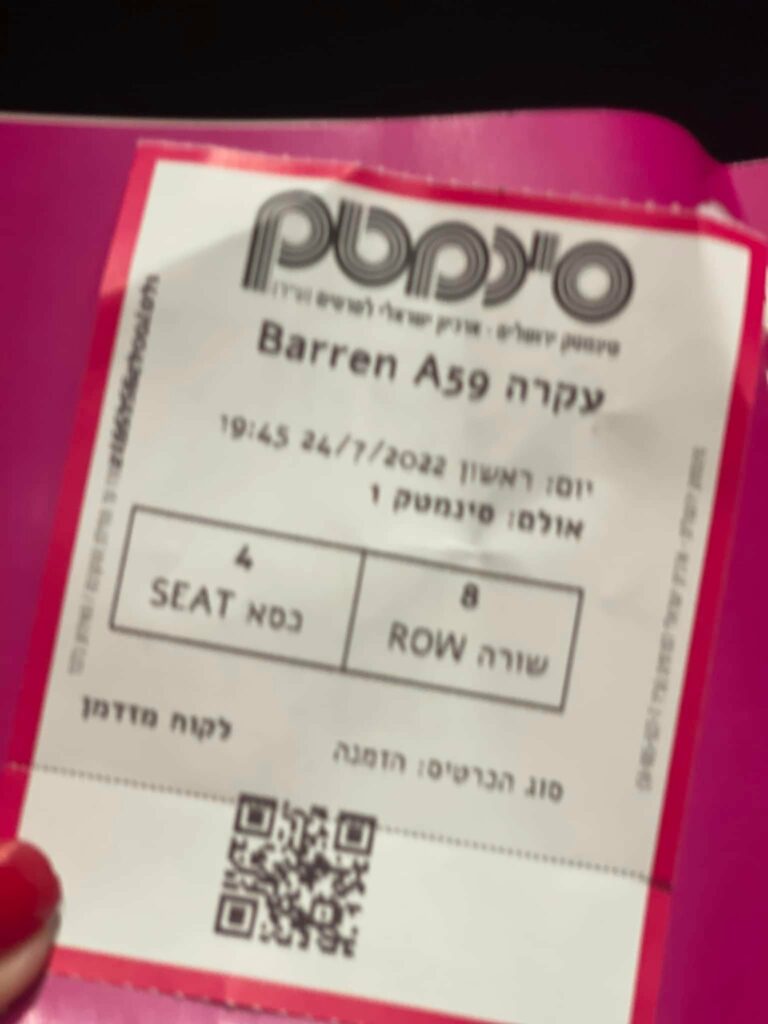A Short Film About Killing
Director: Krzysztof Kieslowski
Writers: Krzysztof Piesiewicz and Krzysztof Kieślowski
Cinematographer: Slavomir Idziak
Year: 1988
An Analysis
A Short Film About Killing is not easy to watch. The film tells the story of a young man. His murder of a taxi driver. His capture by authorities. Followed by his trial. His sentencing. His execution.
The viewer experiences both deaths as horrific; Kieslowski directs his viewer to contemplate the moral repugnancy of both killings. The taxi driver is battered with a stone and dies slowly. At the same time, the long-winded bureaucratic precision of the hanging was so horrendous to film that Kieslowski’s team had to break off in the middle.
Aesthetics:
Kieslowski deliberately chooses to not linger over the two most violent scenes. Exposing the viewer to very little. What little we see- is there to shock us, and for a good reason. They are there to shock us, and according to Kieslowski, justified. Their power lies in their neat insertion into the rest of the film’s drama. We, the viewer, find ourselves inside the young man’s world – his nightmare. Cinematographer Slavomir Idziak’s choice of lowering, ochre-colored filters places us, the viewer, inside his purgatory.
Location: Warsaw
The film is set in Warsaw. A city deliberately painted as bleak and dep[ressing.
Krzysztof Kieslowski argues that “The city and the surrounding world is filmed in a very deliberate way. [Slavomir Idziak] used colored filters, which he made especially for the film. The filters were green. So the color of the film is deliberately greenish.”
Traditionally, green is experienced as the color of spring, a color of hope. However, the world is seen as crueler, desolate, and empty here by putting a green filter on the camera. This visual style leads the viewer to see the city as empty, dirty, and sad, and its residents – are the same. Kieślowski’s visual process is a radical departure from standard cinema dynamics.
This film was instrumental in the abolition of the death penalty in Poland due in part to the mobilization potential of cinema.
Moving images are the best way to reach the most illiterate of the population, for instance. The empowering visuality helps activate an audience and lead them into re-envisioning ways of seeing the reality in the country long after the war. The images, in shots and sequence of the film, had the power to change attitudes because seeing comes before words.
Though set around the same apartment block as the other episodes, A Short Film About Killing couldn’t have taken a more distinctive aesthetic approach. Kieslowski’s intent to use a different cinematographer in each story often leads to minor variations in the aesthetic. Still, his collaboration with Sławomir Idziak stands out among them like a grotesque pimple on an otherwise attractive face. This vision of Warsaw is a barren wasteland of mud and shadows, strained through a jaundiced yellowish-green filter that seems to permeate every image with a sickly pestilence. He also lays a vignette effect over virtually every film shot, narrowing our vision to the characters surrounded by a thick, oppressive darkness. Beneath it all, a chamber ensemble of strings drone with sustained, dissonant chords, heavy with foreboding and a creeping, existential horror.
Opening Image:
The film introduces the viewer to the three characters whose lives are about to entwine. The opening sequence sets the tone for the entire narrative to come. It starts with a dead rat, a cat hanging by a noose, and a shrunken head in a rearview mirror in a world of dark clouds and mud. A bad omen.
Act One:
In the first, a lumpen young man kills a taxi driver for no reason. In the second: he is caught, brought to trial, condemned to death, and executed.
Act Two:
In the second: he is caught, brought to trial, condemned to death, and executed. Both ends are dreadful. Socially repugnant. And yet it takes a highly visual film tactic to do something about it. “We all know why society kills the boy, but we don’t know his real human reasons, and we never will.” All conceived in an apathetic atmosphere of a prosperous nation and manifesting blatantly the relationship of man and collective.
The Murder:
When the murder finally occurs, it lands almost precisely at the film’s halfway point and is dragged out for eight grueling minutes. Kieslowski doesn’t falter here, using every shot to set in the torture that seems to lack any purpose beyond one man’s instability. In a close-up, Waldemar’s foot hangs limp on a car seat. Below a pale mustard sky, the taxi lifelessly rolls to a stop. From within the car, we watch Jacek pull the body down to a river through a claustrophobic frame created by the open door before the wind blows it shut. Still, Waldemar is not yet dead, and with his final breath, he begs for his life before a rock is slammed down on his head.
The Viewer:
There is a backstory to do with his sister’s death which he feels partially responsible for. Still, we are not asked to offer him redemption through this alone. What comes after is genuinely chilling, bringing another layer to the Christian commandment against killing. Jacek’s murder at the hands of the state is just as brutal as the one he committed, as he screams and struggles against the firm hold of the guards – and all for what? In the way that Kieslowski presents the complete destruction of two human beings mirrored in both halves, it is tough to reconcile them as being all that different, besides the state considering one abhorrent and the other righteous. Like the rat left in running water and the cat hanging from a noose, these humans are victims of a malevolence that will try to justify the destruction of life. In the sheer distortion of Kieslowski’s artistry here, he unnervingly finds the true horror in such a sacrilegious transgression of nature.
Sources:
- A Short Film About Killing (1988)
- Filming the 10 Commandments: Kieslowski as a Catholic Director
- A Short Film About Killing








